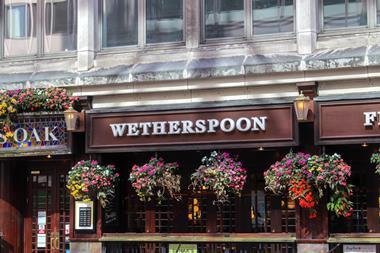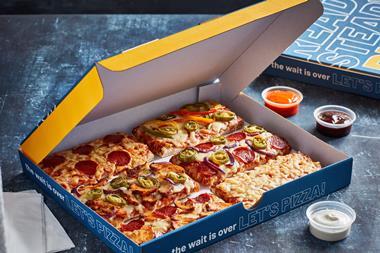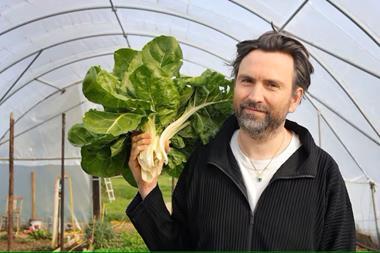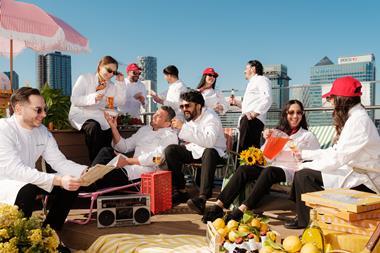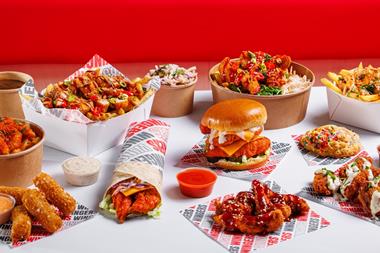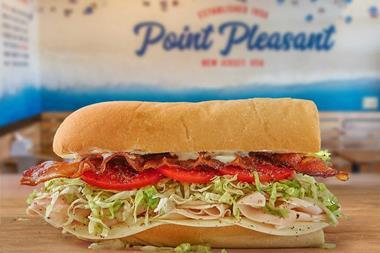Inside Track by Peter Martin
The pub and restaurant markets continued their convergence this week as Yates Group bought up the Santa Fe restaurant chain and JD Wetherspoon announced it was moving into fresh food.
The £3.55m acquisition of the six-site Santa Fe brand underscores Yates’ plan to spread its retail options. It has already embarked on plans to improve the menu at his core Yates Bars, while planning a further roll-out for its food-focussed Ha! Ha! gastro-bar business. It also owns a one-off Italian restaurant concept, Forno Vivo, which it too wants to expand.
Yates chief executive Mark Jones, who also happens to be a former Pizza Hut boss, said: "I want to broaden our base, partly with a bigger food business. Santa Fe is a good platform for growth. It's very similar to Ha Ha in operation with open kitchen and fresh food. We can put these two businesses next to each other."
The JDW initiative, according to the Morning Advertiser newspaper, will see it test a fresh food biased pub model in an attempt to attract a more up-market clientele.
This fits in with its plans to ban smoking in all its pubs by May 2006. Together they can be construed as a bid to re-engineer the group’s customer-base towards higher spenders. Banning smoking seems a sure-fire way of deterring low spenders, such as students and pensioners.
These developments are more evidence of the continuing shift in the pub market as chains seek to exploit the potential of higher food sales.
The clampdown on binge drinking, greater restrictions on smoking, flat alcohol sales and the steady growth in eating-out make investing in food look the obvious strategy.
The sight of casual dining brands such as La Tasca, Wagamama, Carluccio’s and Tootsies taking on former high street bar sites and boosting takings almost overnight has been another potent incentive.
With this is coming the realisation that the shape of both town centre and suburban high street will have to change. The balance between drink and food-led businesses is already shifting.
The challenge for bar and pub operators is not just to mimic the restaurant and fast food players, but to really understand how they work, their systems and their ethos. There are distinct restaurant and bar cultures, as many restaurant chains trying to run bars have also discovered.
Buying that expertise is one solution. Don’t be surprised to see more acquisitions of dining brands by pub and bar players, or even restaurant groups tempted into pub purchases. Having the opportunity to develop both restaurant and pub concepts within the same portfolio is becoming a more attractive proposition.
The winners will be those that can make those cultures gel together most effectively.




























